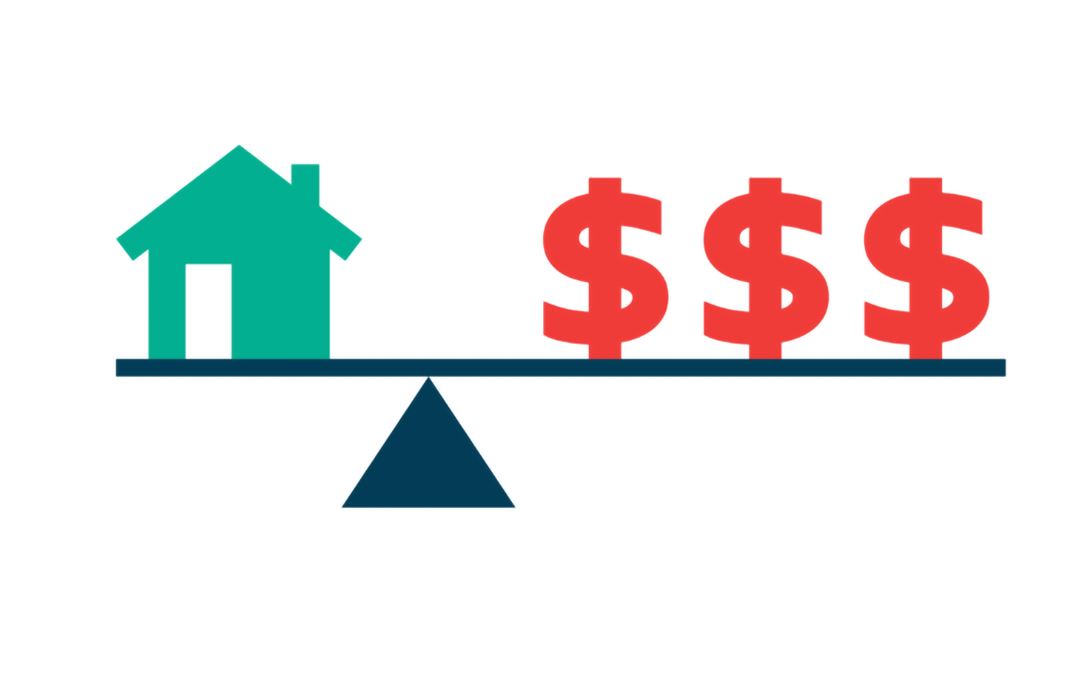
ANN ARBOR—The need for affordable and accessible housing is an issue that transcends political affiliation—even as it rises in significance to voters—and matters as much to our emotional and mental health as our financial well-being.
Two University of Michigan experts—Brian Connolly, assistant professor of business law, and Jennifer Erb-Downward, director of housing stability programs and policy initiatives at Poverty Solutions—appeared on the latest episode of the Business & Society podcast to discuss their research and thoughts on the housing crisis.
Throughout the discussion, they explored research and insights on the causes of the crisis, some adverse effects on the average American and its implications for the upcoming presidential election.
One major challenge facing the housing market is rent: Roughly 20 million renter-occupied households qualify as being cost-burdened by housing, meaning they spend about 30% of their pre-tax income on rent. Throughout the discussion, Connolly and Erb-Downward identify several factors contributing to this struggle.
They agree renters face challenges of quantity and quality. First, there are simply not enough rental properties. Second, many properties are still counted as rentable units despite their unlivable condition, giving policymakers and business leaders an inaccurate picture of supply.
“I think there’s also a misunderstanding, particularly in low-income communities, about the housing supply from the standpoint of quality,” Erb-Downward said. “We talk about the degradation of older housing and the loss of housing units. But then when we look at information, say from the census or other sources, a lot of times those older units will still be counted in that supply even if they are unlivable because we don’t have a good way of tracking livable housing—and that’s a really important piece of the equation when we’re thinking about people’s actual access to housing supply.”
Connolly said quality is not the only statistical anomaly in the housing crisis. Although 20 million renter-occupied households meet the 30% of income rent-burdened status, a significant portion of that population uses more than 50% of their income on housing costs.
This shows that skyrocketing rent prices are affecting a large population of Americans more than the reporting would have policymakers and business leaders believe.
Erb-Downward notes such extreme housing cost burdens have some detrimental effects on mental health, education outcomes and social-emotional development. Particularly as the largest group of people experiencing homelessness and nonpermanent housing are children.
Connolly says housing is usually more of a local political concern. However, as recently shown in the Michigan Ross Financial Times poll, it’s more significant in this election than in years past.
“If there is any bipartisan issue, it might be housing right now because when we look across the country, and we see actions that different states are taking and whether it’s a red or a blue state, they look fairly similar,” he said. “It just goes to show how nationalized this issue has become.”
The episode closes with a discussion on the increased cost of living in major cities like New York, Los Angeles and Chicago. The cost of living challenges that have struck these cities serve as a warning for cities like Detroit and Ann Arbor.
The panel discusses how the lessons of cost-of-living increases, gentrification and real estate development can shape the future of urban planning, the real estate industry and public policy locally and nationally.
Business & Society is co-produced by JT Godfrey of the Ross School of Business and Jeff Karoub of Michigan News, and hosted by Karoub. The audio engineer is Jonah Brockman.
Contact: Jeff Karoub, [email protected]; Matt Trevor, [email protected]
